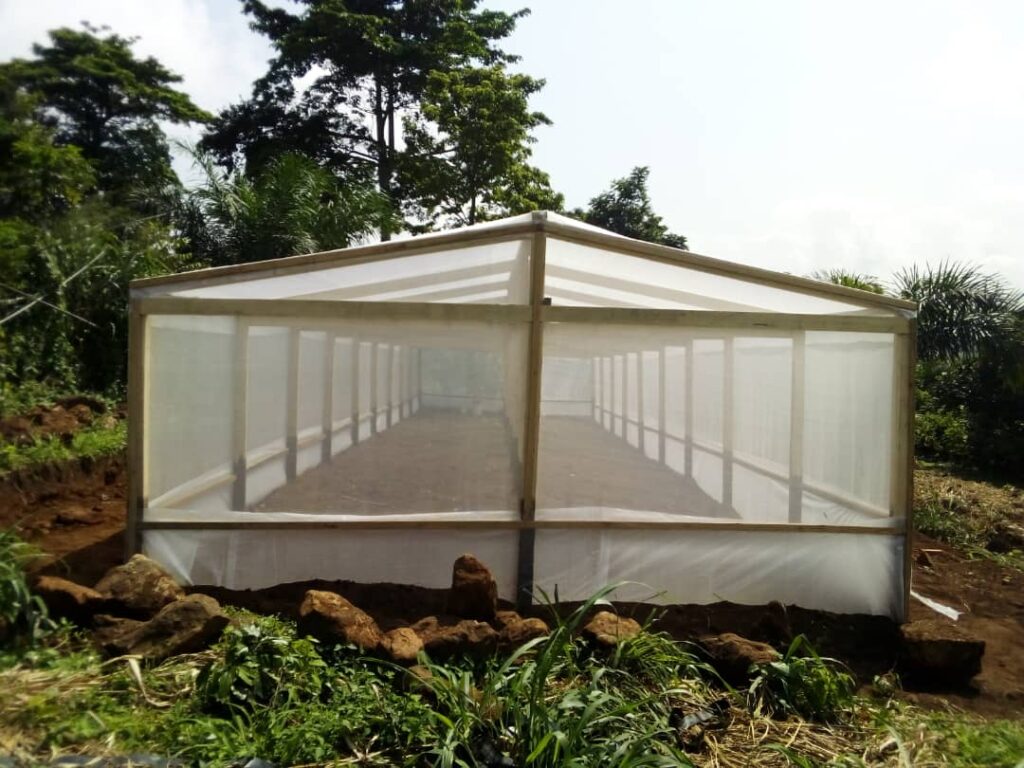Matrix Farm: The Future of High-Tech Farming
Greenhouse agriculture has become very popular in all corners of the world. It originated in the 13th century, as a way to satisfy the gastronomic demands of royalty. Hundreds of years ago, greenhouse farming was also used to cultivate medicinal plants and herbs.
Today, entire university teams are dedicated to the scientific study of greenhouse growing. Coupled with recent advancements in agricultural technology, greenhouse farming has become more and more productive and lucrative agribusiness venture.

What is Greenhouse Farming?
Greenhouse farming is the process of growing crops and vegetables in a greenhouse. Doing so typically allows farmers to increase their performance and yields, while improving the quality of products. Greenhouse farming protects crops from external threats such as certain pests and extreme weather events.
Greenhouse agriculture also is a way of growing fruits and vegetables native to warmer climates in their colder counterparts – for example, growing tomatoes in a greenhouse in Norway.
In greenhouses, the light, ventilation, humidity, and temperature can all be controlled. This allows the farmer to create and provide optimal micro-ecosystems for their plants, helping them grow strong, beautiful, nutritious and tasty.
Why Cultivate and Grow in a Greenhouse?
Well-implemented greenhouses in a controlled environment can be a low-cost solution to improving a farmer’s productivity and profitability in countries with harsher climates. They also serve as an excellent vehicle for broadening one’s farming or gardening horizons, and improving the quality of their crops.
However, not all crops are suited to being grown in greenhouses. Typically, crops that do well in greenhouses are those that require warm growing conditions, or those that are quite delicate and thrive only in a very narrow range of environmental variables.
For example, tomatoes.
